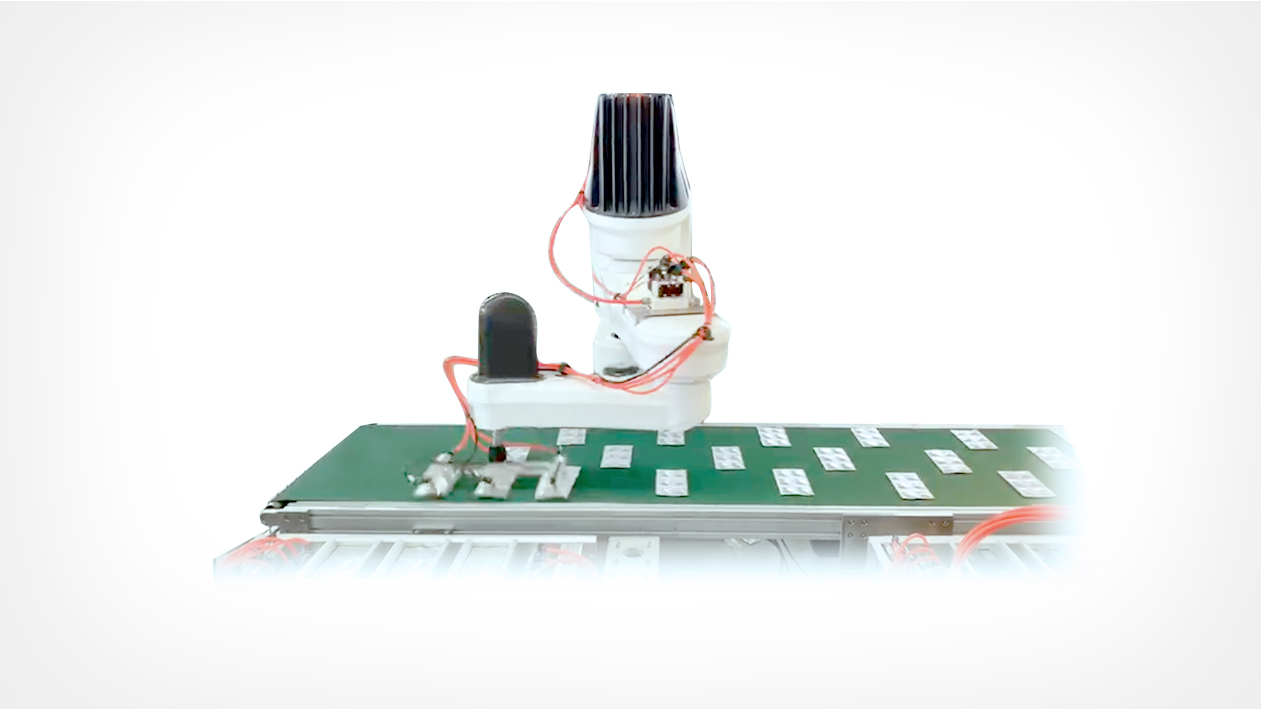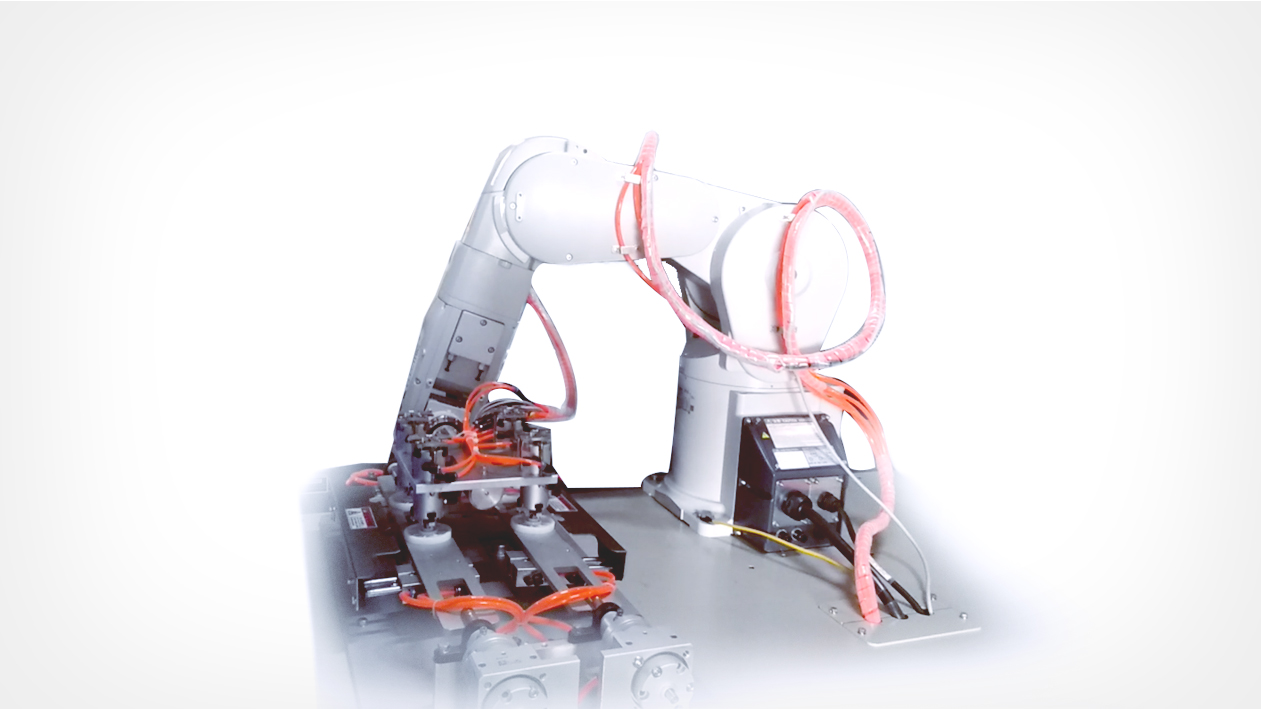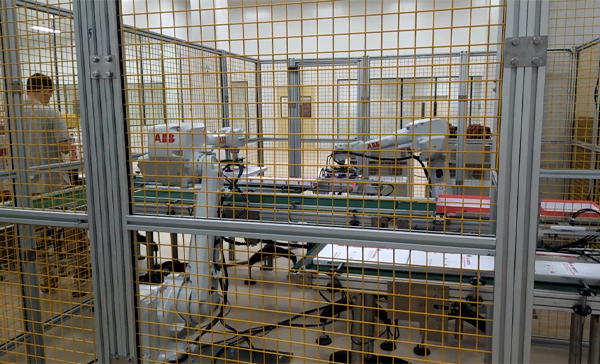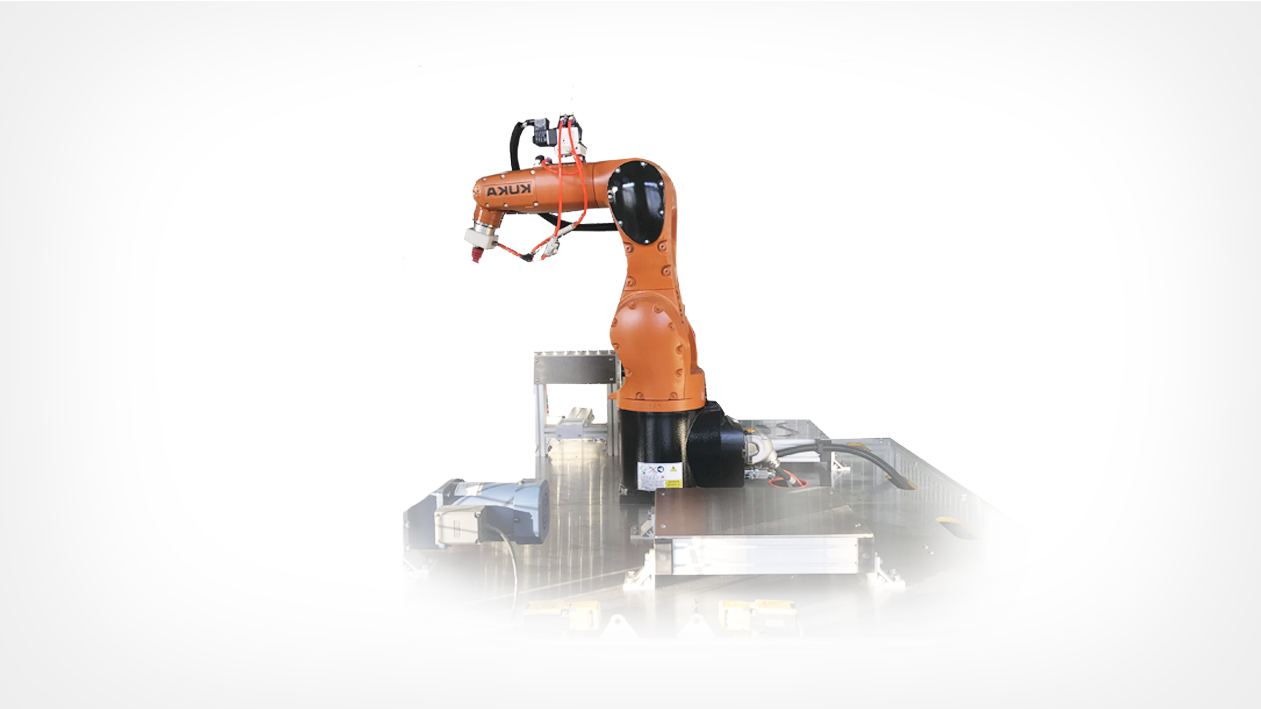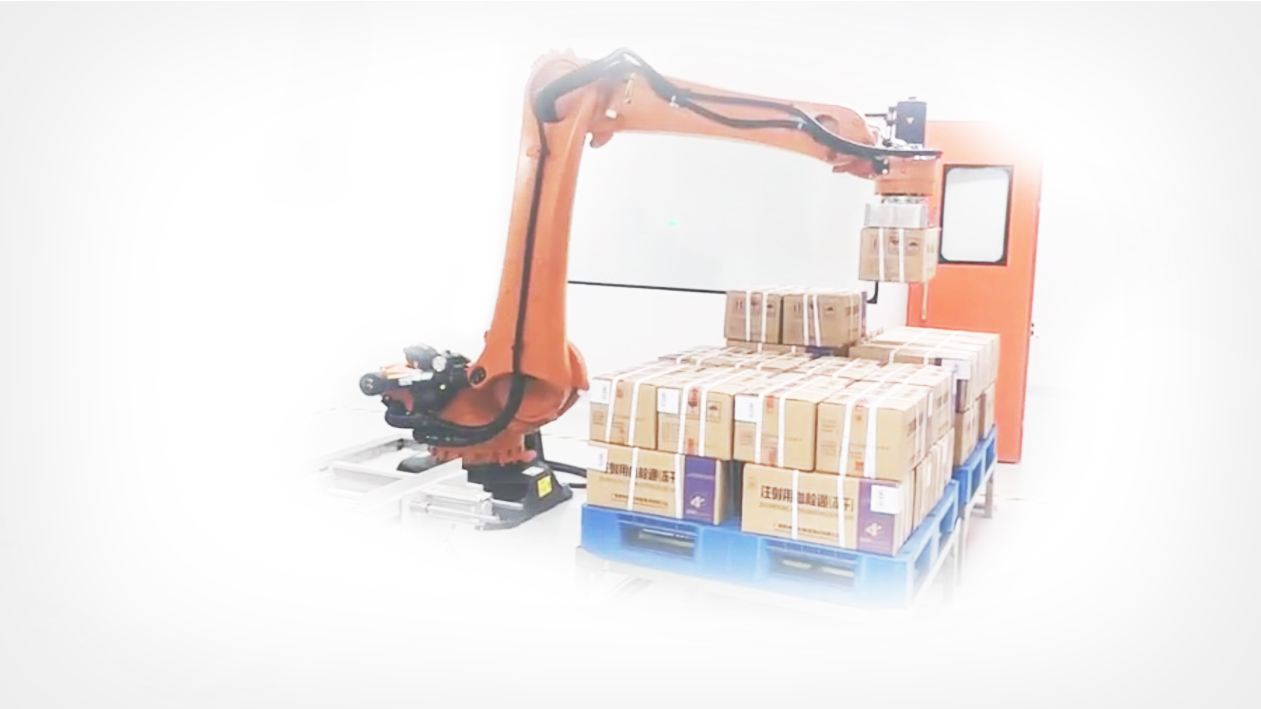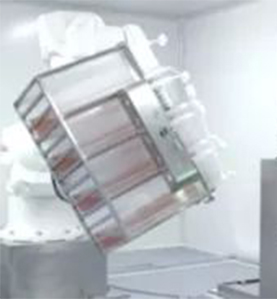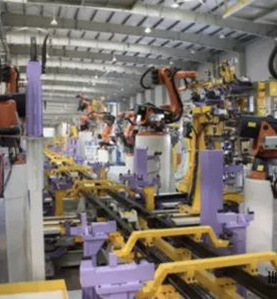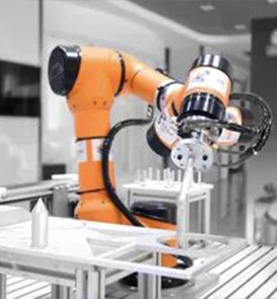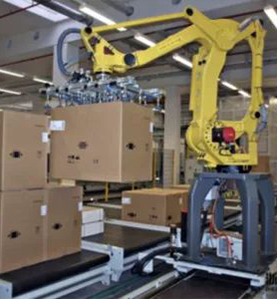My self-developed surgical robot "Wonder" has been in clinical practice
时间:2021/7/6 10:43:57
China Science and Technology Network News (Reporter Yu Huiyou, Correspondent Wu Chenchen, Yu Xi) The reporter learned from the "2017 Xiangya Robotic Surgery International Conference" held in Changsha from April 20-21 that Tianjin University, Central South University and other units jointly developed a new type of minimally invasive surgery. The surgical robot "Wonder" completed animal experiments last year and has now entered clinical trials.
Surgery has undergone a transformation from traditional open surgery to laparoscopic surgery. The advent of surgical robots marked the "third revolution" of surgical procedures. In 2006, my country introduced the first Da Vinci surgical robot system. In the past 11 years, 63 “Da Vinci” surgical robots have been introduced to undertake high-difficulty operations in various fields such as general surgery, urology, cardiology, thoracic surgery, and gynecology. . In 2015, the Third Xiangya Hospital of Central South University carried out the first "Da Vinci" robotic surgery in Hunan Province. Up to now, the hospital has carried out 833 cases of "Da Vinci" robotic surgery. The number of operations ranked fifth in the country. At the same time, the hospital is the only hospital in China that has both domestic and imported robots.
This domestically produced robot is the "smart hand". It is a new type of endoscopic assisted surgical robot system with independent intellectual property rights. The main hardware, software, materials and system design of the system are all independently developed by our country. Compared with imported surgical robots, the "Miaoshou" has the characteristics of miniaturization and integration, optimized system adjustment and layout, and exquisite structure. It has broken through the decoupling design of multi-degree-of-freedom wire transmission of minimally invasive surgical machinery, and the reconfiguration of the operator Three key technical issues, including layout principle and implementation, and system heterogeneous and isomorphic control model construction, have solved the complete set of robotic technology problems and reached the world's advanced level. Nowadays, there are already "three-year-old" "smart hands" who have successfully completed 8 clinical operations including gastric perforation repair, appendectomy, and cholecystectomy in the Third Xiangya Hospital of Central South University. Its application has broken the global monopoly of foreign surgical robot technology and greatly reduced the medical expenses of patients.
It is reported that the research of domestic surgical robots has now been included in the national science and technology plan, and it is expected to realize its industrialization within 5 years.



